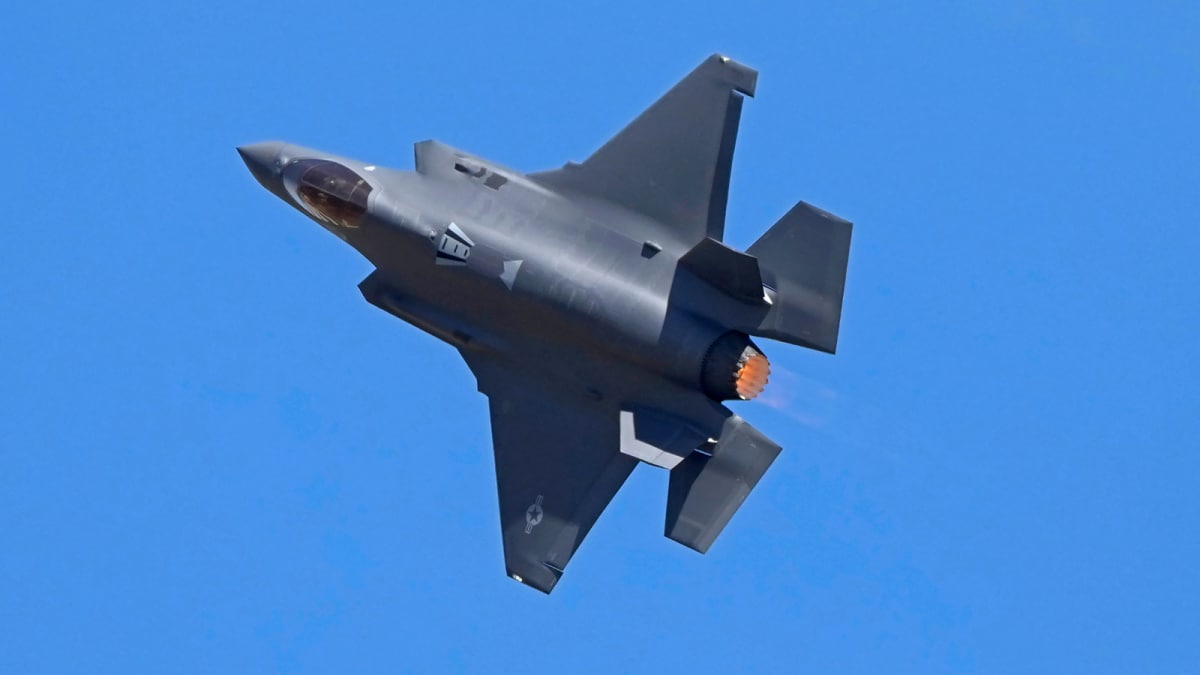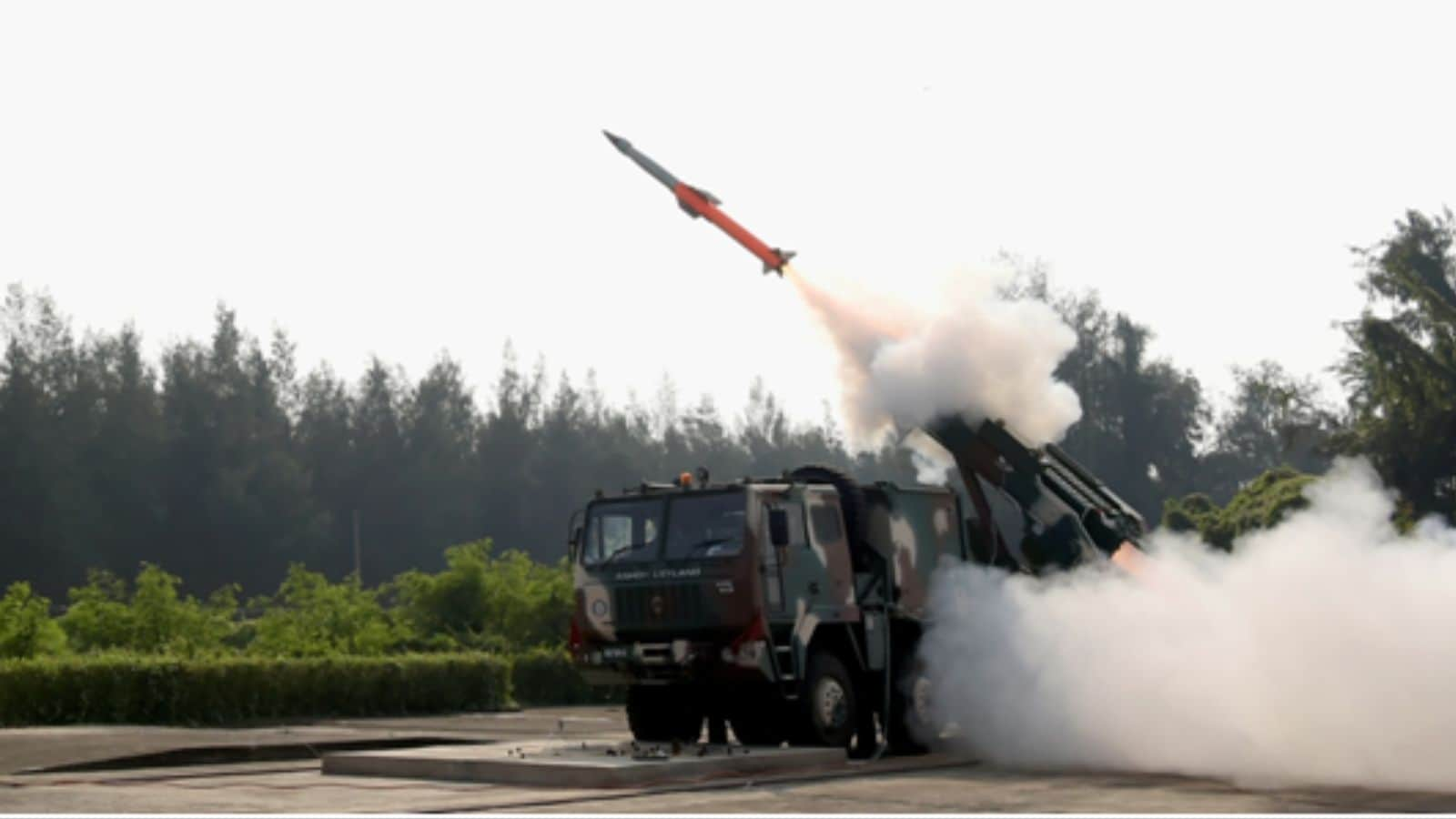ARTICLE AD BOX

Blue Origin
, the aerospace company founded by Amazon's Jeff Bezos, is preparing for its next milestone in commercial spaceflight. On August 3, 2025, the NS-34 mission will carry six civilians on a suborbital journey aboard the reusable
New Shepard
rocket. Among the crew is
Arvi Singh Bahal
, an Indian-origin investor and entrepreneur now based in the US, who will join five other international space tourists. The 11-minute flight will provide breathtaking views of Earth from more than 60 miles above sea level and several minutes of weightlessness, continuing Blue Origin’s efforts to make space accessible to non-professional astronauts.
Blue Origin’s NS-34 includes Indian-origin Arvi Singh Bahal and crypto tycoon Justin Sun
The NS-34 mission features a hand-picked crew representing a broad spectrum of nationalities and professions—from cryptocurrency and finance to science, journalism, and education.Arvi Singh Bahal: Born in India and now a US citizen, Bahal is a real estate investor and tech enthusiast who has funded several educational initiatives and space research projects. Known for promoting STEM education among underserved communities.
Justin Sun: A prominent Chinese entrepreneur and crypto billionaire, Sun founded TRON, a blockchain-based decentralized platform. He also acquired BitTorrent in 2018 and has been vocal about integrating blockchain technology with space innovation. Sun previously secured a seat on a space mission with SpaceX but is now realizing his orbital dream with Blue Origin.Gokhan Erdem: Hailing from Turkey, Erdem is the CEO of a major logistics and infrastructure company. He has invested in renewable energy and AI applications in construction. His participation highlights the growing interest from industrial leaders in experiencing space firsthand and advocating for sustainable technological progress.Deborah Martorell: A celebrated meteorologist and science communicator from Puerto Rico, Martorell has spent decades educating the public about climate change, weather systems, and planetary science. Her role on NS-34 marks a symbolic journey for Caribbean representation in space and reflects the mission’s emphasis on public engagement with science.Lionel Pitchford: A British-born philanthropist and former language teacher, Pitchford has lived in Spain for over 20 years. Known for his humanitarian work with refugees and his advocacy for global education, Lionel's selection aligns with Blue Origin’s inclusion of socially impactful figures in its passenger lists.James “J.D.” Russell: An American venture capitalist and aerospace startup founder, Russell launched Alpha Funds and later Alpha Aerospace, a company working on autonomous drone systems and satellite servicing tech. He brings technical insight to the journey and symbolizes the next wave of space-focused entrepreneurs.Together, this diverse group reflects a new era of spaceflight where civilian explorers from varied sectors and continents share the frontier.
Blue Origin New Shepard rocket’s launch date, location, and precise timing for Blue Origin’s suborbital spaceflight
The NS-34 launch is scheduled for Sunday, August 3, 2025, with liftoff expected at 7:30 a.m. Central Time (8:30 a.m. Eastern Time), that is 6:00 p.m. Indian Standard Time (IST) on the same day. The flight will launch from Launch Site One, Blue Origin’s private spaceport in West Texas, located about 140 miles east of El Paso and near the US–Mexico border. The secluded desert location is ideal for vertical launches and recoveries, and it has been the site for all previous New Shepard missions. Weather permitting, the countdown will proceed as planned, with final checks on vehicle systems and crew safety protocols completed in the hours leading up to liftoff.
What the crew will experience during their 11-minute journey to the edge of space
The six-member crew aboard New Shepard will embark on an unforgettable suborbital adventure that compresses the thrill and awe of
space travel
into just over 11 action-packed minutes. While brief, the mission is carefully designed to offer a complete spaceflight experience—from liftoff and microgravity to atmospheric re-entry and soft landing.After the countdown reaches zero, the New Shepard rocket will blast off vertically from Launch Site One, rapidly ascending into the sky and accelerating to more than three times the speed of sound (over 2,000 mph). Within two to three minutes, the spacecraft will have pierced through the lower atmosphere, its engines roaring beneath the passengers' feet as it climbs toward the Kármán line, located at an altitude of 100 kilometers (62 miles)—the internationally recognized boundary of space.Around this point, the booster stage will separate from the crew capsule. From here, the experience transforms from a rocket ride to pure serenity as the capsule coasts through the vacuum of space in a silent arc. Inside, gravity essentially disappears.As the capsule floats above Earth’s atmosphere, the passengers will unstrap from their seats and float weightlessly, experiencing microgravity for approximately 3 to 4 minutes. This is the moment most space tourists describe as life-changing—when they drift freely within the cabin, twist midair, and gaze through the capsule’s massive panoramic windows that provide breathtaking, wide-angle views of Earth’s curved horizon, the deep blackness of space, and the sun shining unfiltered by the atmosphere.The interior of New Shepard’s capsule is designed for comfort and visibility. It features:
- Six individual reclining seats, each with its own communication and safety system
- The largest windows flown in space, accounting for one-third of the capsule’s surface area
- Cushioned walls and handholds to make floating safer and more enjoyable
- Cameras to capture every second of the experience from multiple angles
After this brief but powerful encounter with space, the capsule will begin its fall back to Earth, entering the upper atmosphere at subsonic speeds. This portion of the flight is often referred to as a "stable freefall," meaning the capsule falls in a controlled orientation without tumbling.At around 5,000 feet, three large parachutes will deploy, dramatically slowing the capsule’s descent. Just seconds before touchdown, retro-thrusters will fire to cushion the final impact, allowing for a gentle, upright landing on the desert floor of West Texas.Rescue crews and Blue Origin staff will be waiting nearby, ready to recover the capsule, assist the passengers, and celebrate their return. The entire journey—from ignition to touchdown—will take about 11 minutes, but for the six space travelers aboard, it will be an experience that lingers for a lifetime.This immersive trip not only gives passengers their first view of Earth from space but also instills a deeper appreciation for the fragility and beauty of our planet—an experience often referred to as the “Overview Effect” by astronauts who have traveled before them.
Where and how to watch the Blue Origin NS-34 mission live
Blue Origin will livestream the full NS-34 mission on its official website, beginning approximately 30 minutes before liftoff. The broadcast will include live views of the launch pad, onboard footage from inside the capsule, and mission commentary.Space enthusiasts, students, and curious viewers worldwide can tune in to witness this next step in civilian space exploration. Previous Blue Origin launches have attracted millions of live viewers, and the NS-34 event is expected to do the same.
Blue Origin’s expanding space program and vision beyond Earth
The NS-34 mission continues Blue Origin’s ambitious journey in democratizing access to space. Since Jeff Bezos’ own flight aboard New Shepard in July 2021, the company has flown over 70 passengers on 13 crewed flights. It has made spaceflight possible for scientists, educators, celebrities, and private citizens alike.Beyond New Shepard, Blue Origin is developing New Glenn, a much larger, orbital-class rocket aimed at competing with SpaceX’s Starship. The 320-foot-tall vehicle completed its first test launch in January 2025 from Cape Canaveral, Florida, and may fly again later this year. New Glenn is designed to support both NASA missions and commercial satellite deployments.As Blue Origin moves closer to routine space access, missions like NS-34 prove that the future of spaceflight lies not just in orbit, but in opening the experience to dreamers and doers from all corners of the Earth.



.png)
.png)
.png)
















 5 hours ago
4
5 hours ago
4









 English (US) ·
English (US) ·